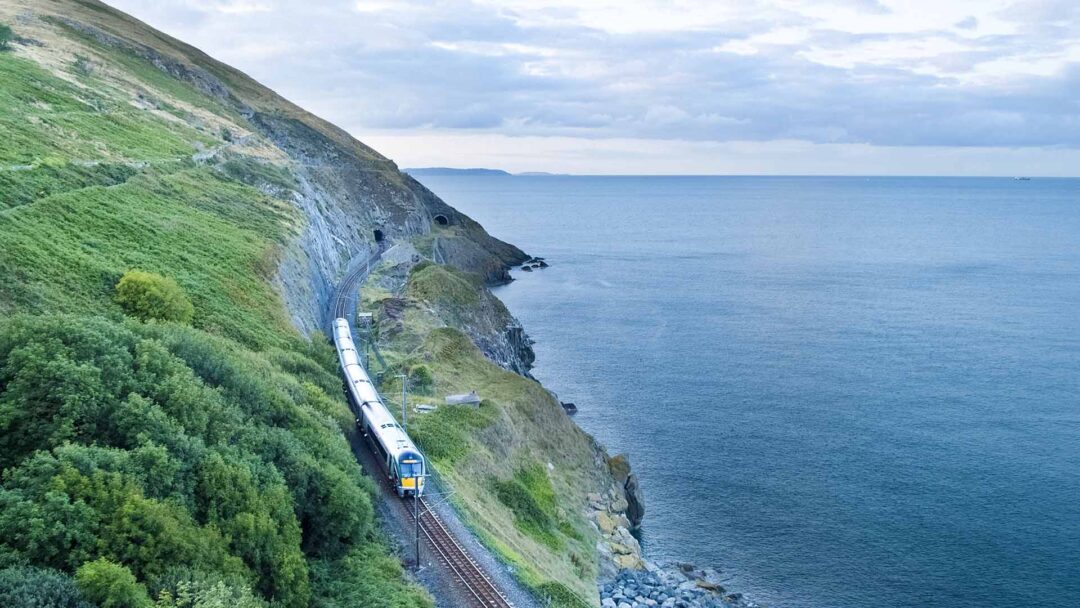Dollymount
Dollymount
Our Lady Star of the Sea (Dollymount)
Our Lady Star of the Sea (Dollymount)
It’s about a 2km walk from the Wooden Bridge to Our Lady of the Sea
It’s about a 2km walk from the Wooden Bridge to Our Lady of the Sea
North Bull Island in a bird sanctuary, Ireland’s first, species such as Brent geese, waders and ducks are attracted by sand dunes,salt marsh and tidal mudflats. You can enjoy many circuits here if your up for it try the 12k one.
North Bull Island in a bird sanctuary, Ireland’s first, species such as Brent geese, waders and ducks are attracted by sand dunes,salt marsh and tidal mudflats. You can enjoy many circuits here if your up for it try the 12k one.
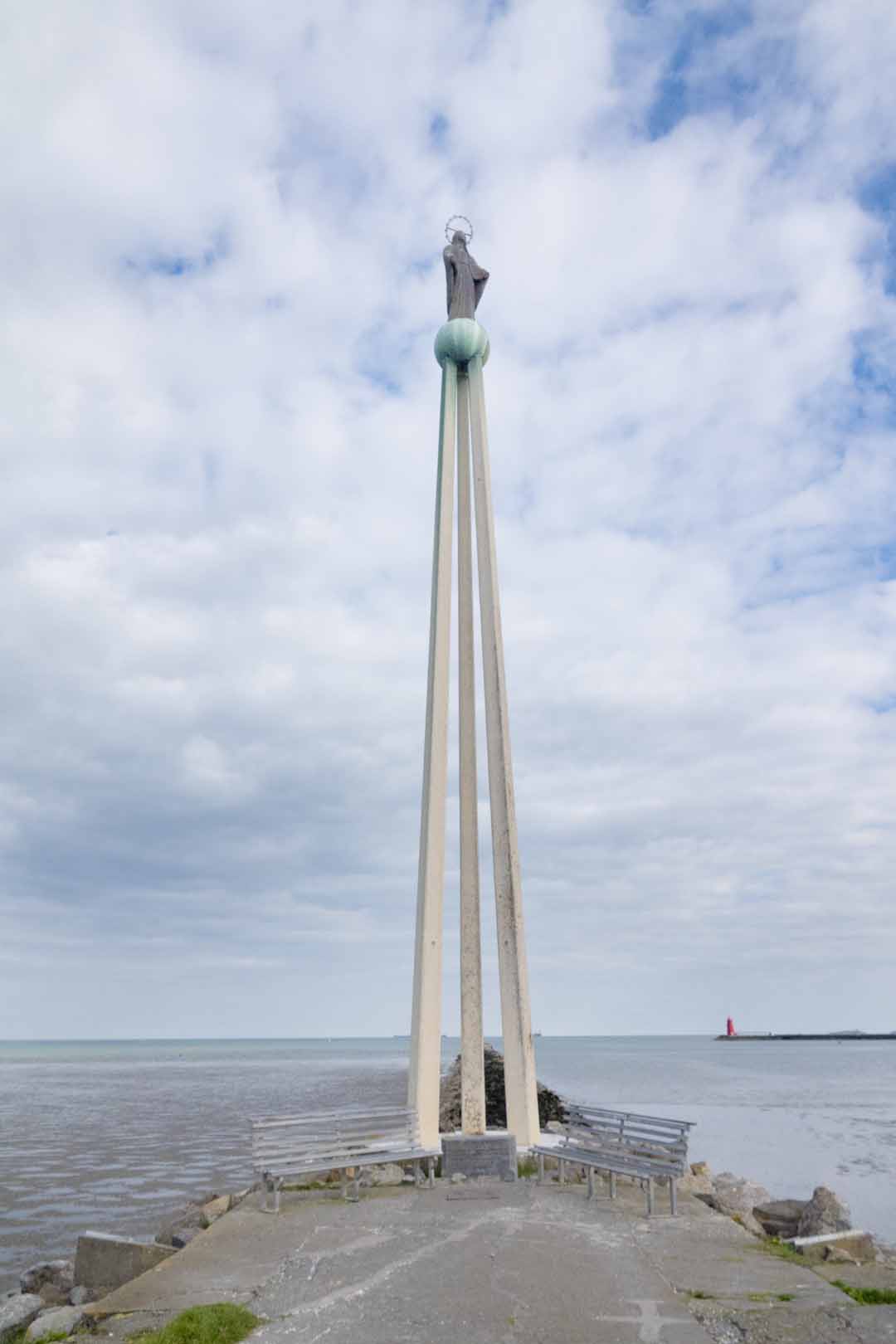
Realt Na Mara
Realt Na Mara
This statue faces land and Realt Na Mara is held 70ft into the air on concrete pillars
This statue faces land and Realt Na Mara is held 70ft into the air on concrete pillars
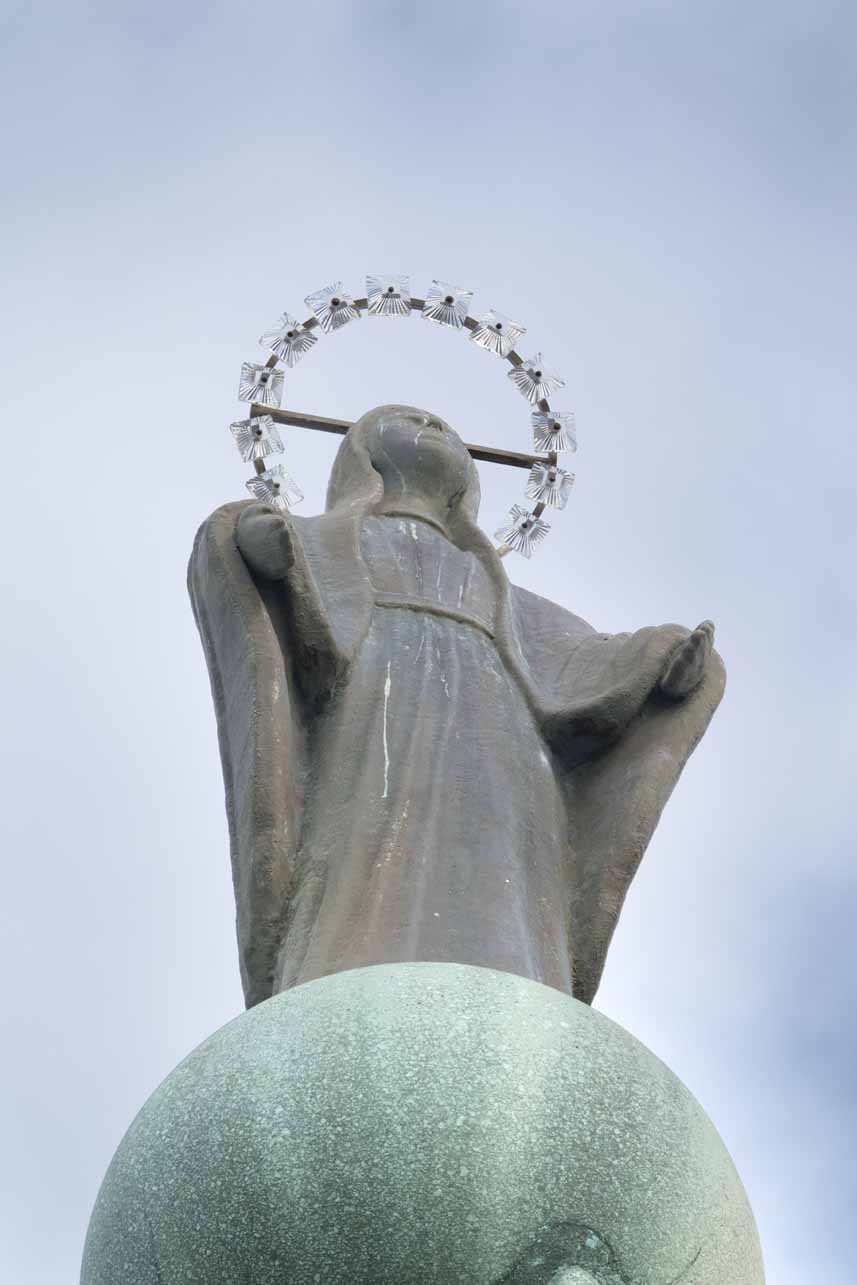
Our Lady Star of the Sea, known as Our Lady of the sea or Real Na Mara, was sculpted by Cecil King
Our Lady Star of the Sea, known as Our Lady of the sea or Real Na Mara, was sculpted by Cecil King
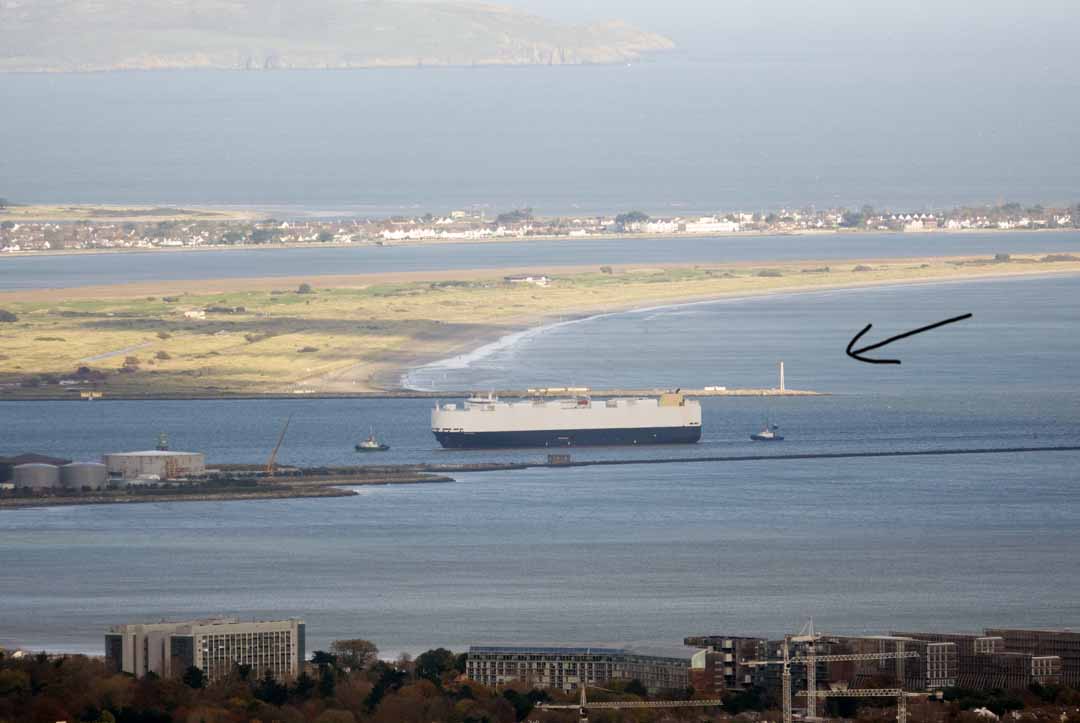
As seen from Dublin Mountains Our Lady of the Sea Dollymount
As seen from Dublin Mountains Our Lady of the Sea Dollymount
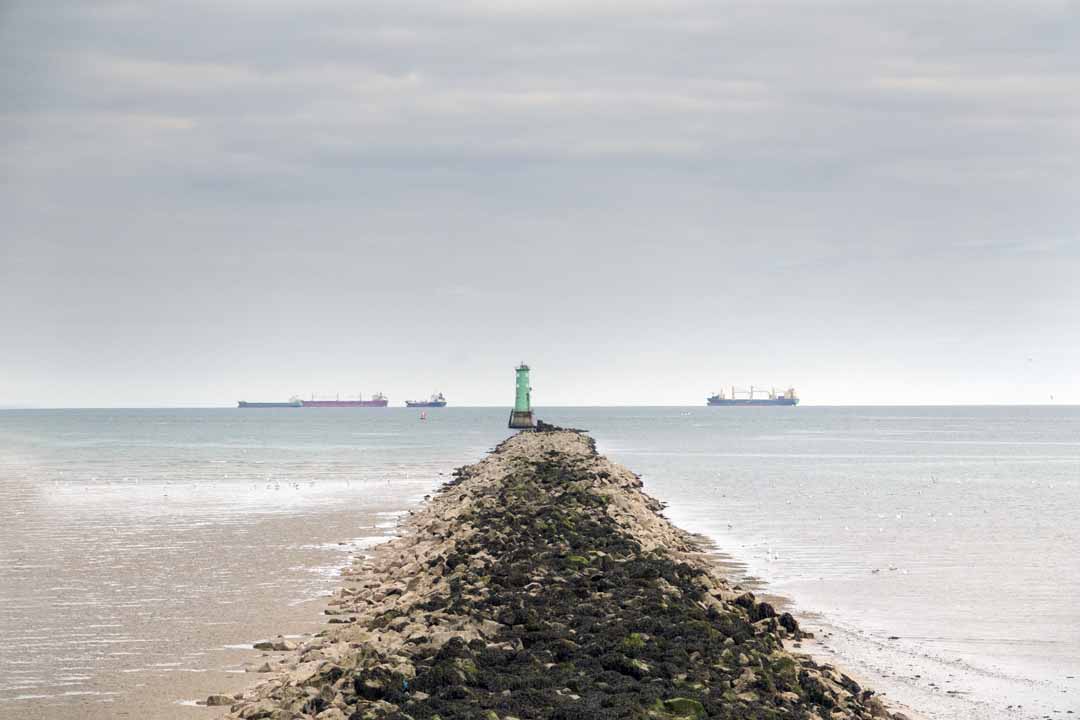
Captain Bligh and the Port of Dublin
Captain Bligh and the Port of Dublin
From Info Board
From Info Board
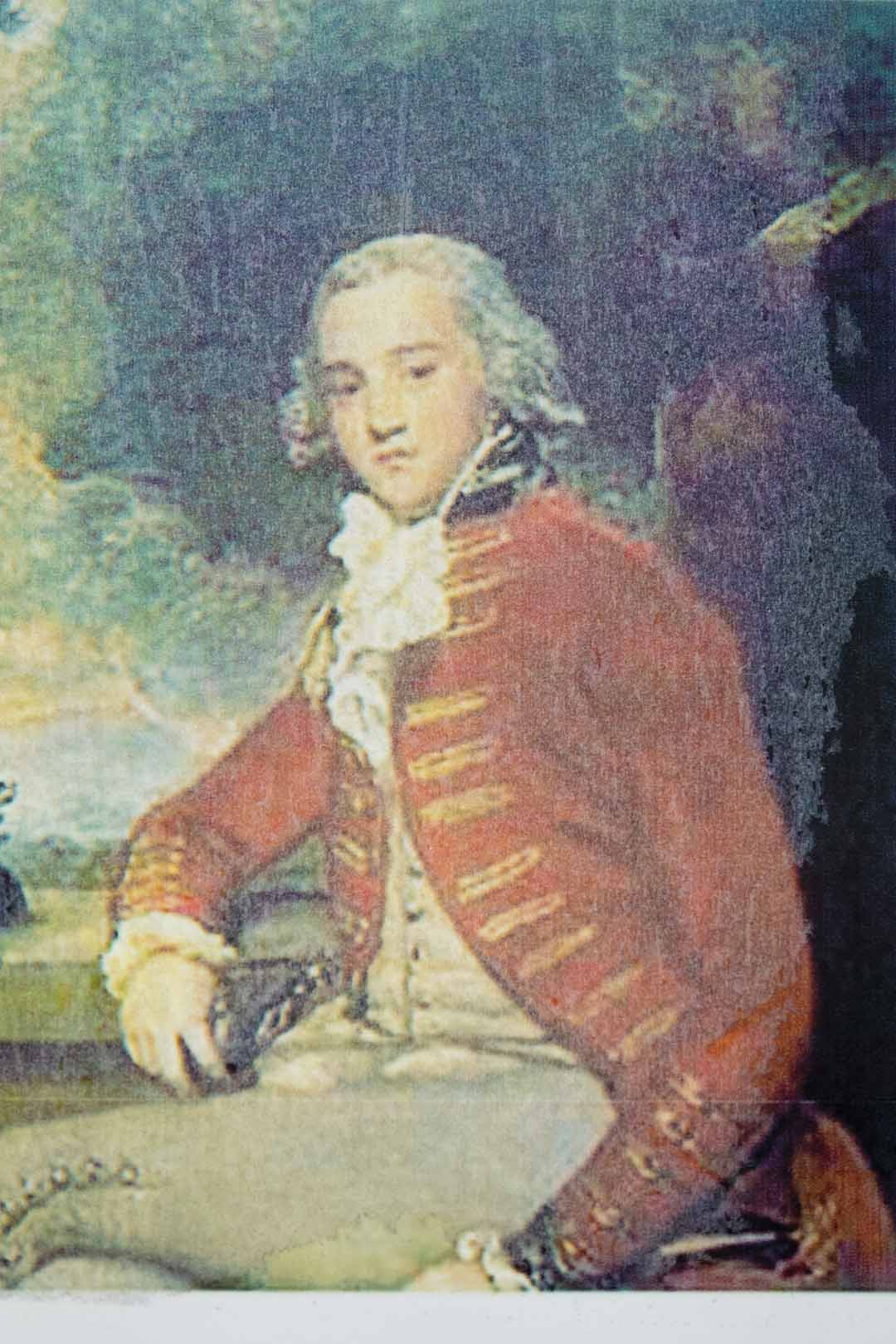
William Bligh, British Naval Officer, marine surveyor and colonial governor was born at Plymouth, England on October 4th 1754, Having entered the navy he sailed with James Cook on his second voyage around the world 1772-1774. He saw service in naval battles in 1781 and 1782. In 1797 he took part in the Battle of Camperdown. In 1786 when the Corporation for Preserving and Improving the Port of Dublin was established, he was taking part in the naval blockade of the French ports.
William Bligh, British Naval Officer, marine surveyor and colonial governor was born at Plymouth, England on October 4th 1754, Having entered the navy he sailed with James Cook on his second voyage around the world 1772-1774. He saw service in naval battles in 1781 and 1782. In 1797 he took part in the Battle of Camperdown. In 1786 when the Corporation for Preserving and Improving the Port of Dublin was established, he was taking part in the naval blockade of the French ports.
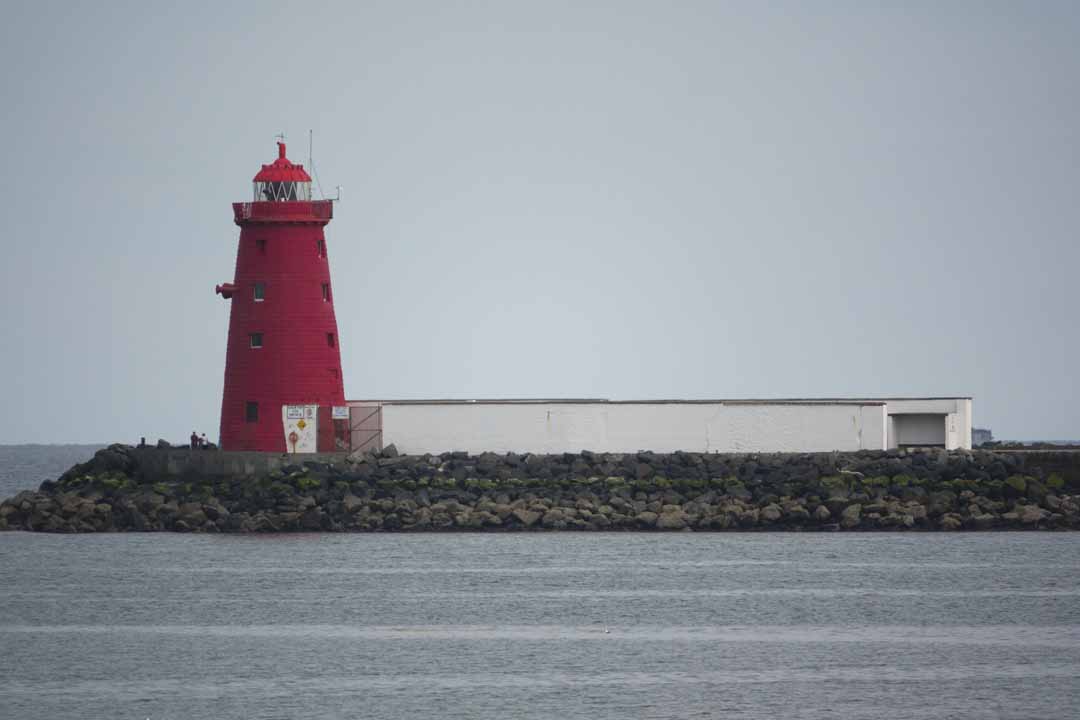
In late 1787 he was assigned to HMS Bounty. While sailing from Tahiti to the West Indies he and eighteen of his crew were overpowered and set adrift in a small boat in the Pacific (April 1798). Bligh’s skill as a navigator of the highest was demonstrated by his ability to sail the Bounty’s lifeboat. which was 23 feet long 6 feet 9 inches wide from the island of Tortola to the island of Timor, a distance of 3618 miles, with only a sextant as a navigational aid. He returned to England in 1790 and continued his career in the navy.
In late 1787 he was assigned to HMS Bounty. While sailing from Tahiti to the West Indies he and eighteen of his crew were overpowered and set adrift in a small boat in the Pacific (April 1798). Bligh’s skill as a navigator of the highest was demonstrated by his ability to sail the Bounty’s lifeboat. which was 23 feet long 6 feet 9 inches wide from the island of Tortola to the island of Timor, a distance of 3618 miles, with only a sextant as a navigational aid. He returned to England in 1790 and continued his career in the navy.
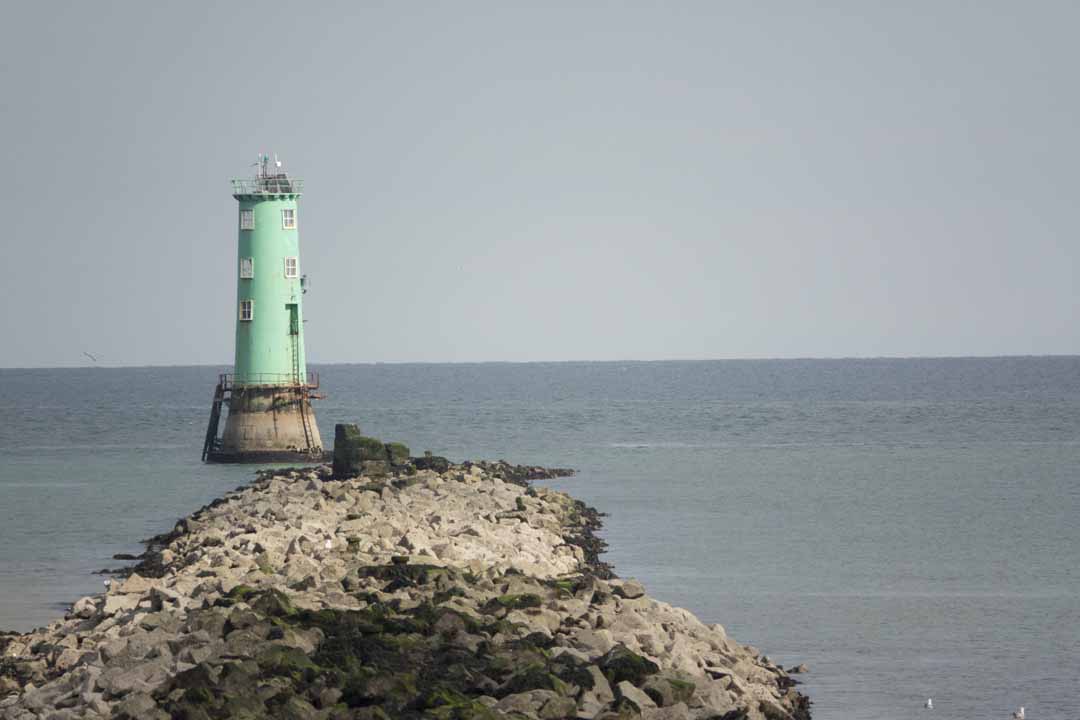
Captain William Bligh was invited to survey Dublin Bay by the Directors General of Inland Navigation in Ireland. He had an enviable reputation, earned in the South Seas, as a skilled navigator and marine surveyor.
Captain William Bligh was invited to survey Dublin Bay by the Directors General of Inland Navigation in Ireland. He had an enviable reputation, earned in the South Seas, as a skilled navigator and marine surveyor.
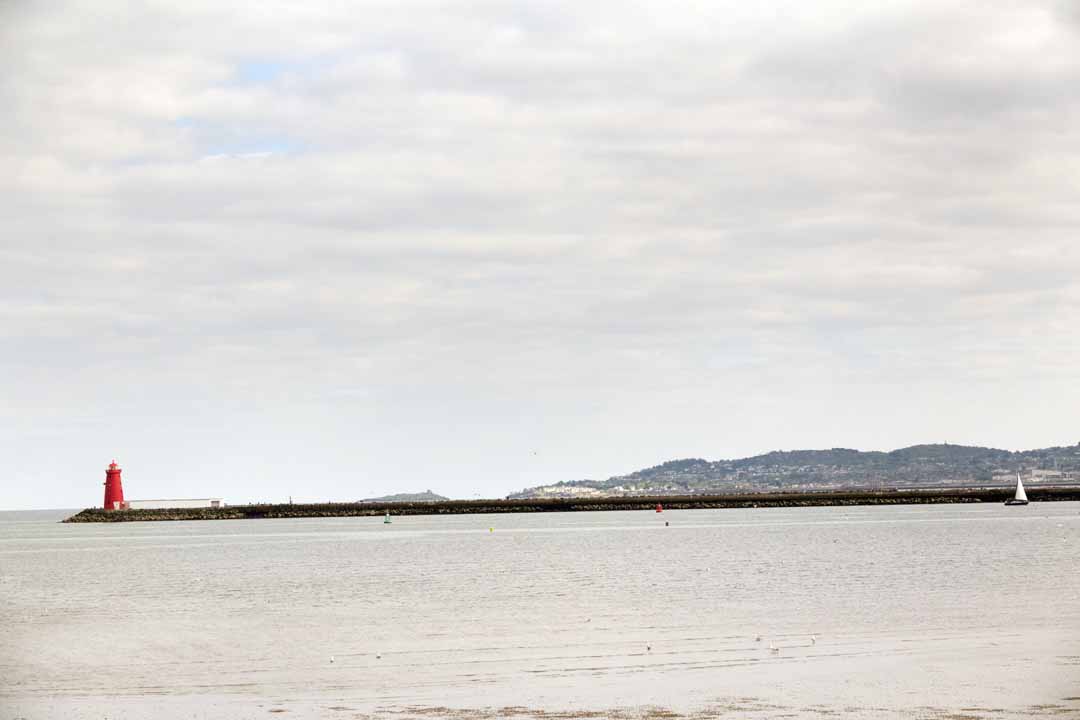
He arrived in Dublin in September 1800 and commenced work immediately. He completed his survey and reported in three months, noting in the report that this had been achieved ‘notwithstanding the unfavourable and tempestuous time of the year.’ Bligh’s complete report and chart are in the records of Dublin Port Company.
He arrived in Dublin in September 1800 and commenced work immediately. He completed his survey and reported in three months, noting in the report that this had been achieved ‘notwithstanding the unfavourable and tempestuous time of the year.’ Bligh’s complete report and chart are in the records of Dublin Port Company.
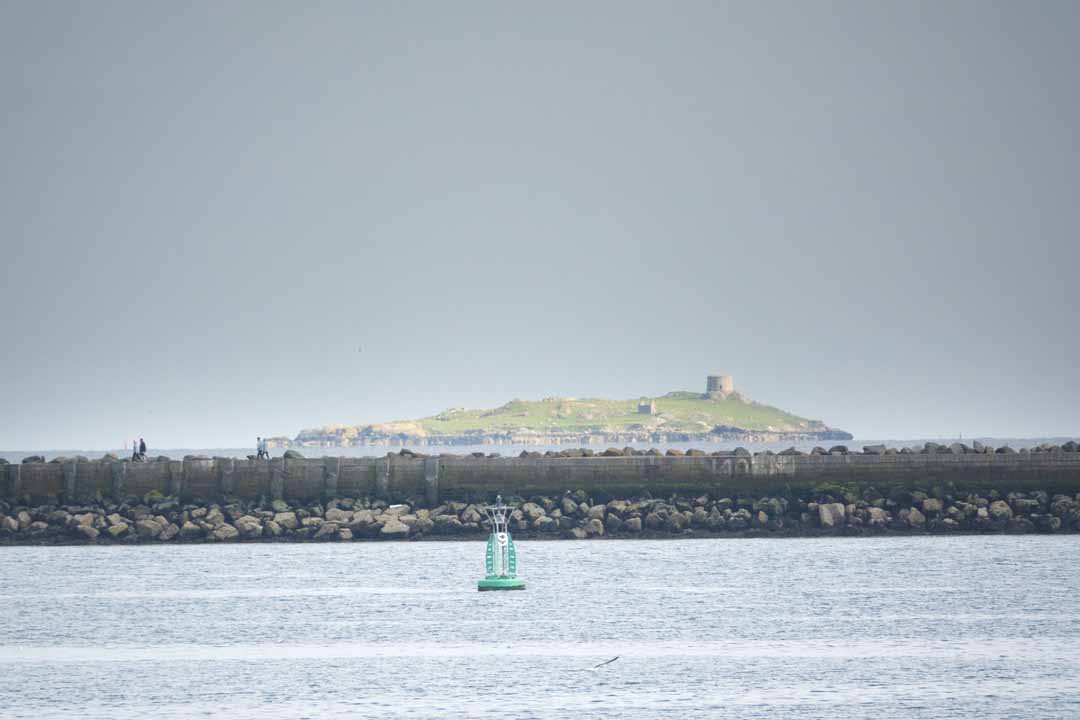
Bligh was not only a skilled navigator and seaman but also a brilliant cartographer. The chart based on his survey of Dublin Bay was greatly superior to all previous charts. It is practical. thorough and accurate chart with remarkable attention to detail, incorporating numerous soundings and positions of wrecks in the Bay. He made suggestions for the improvement of the Bay and Harbour and for the greater safety of shipping.
Bligh was not only a skilled navigator and seaman but also a brilliant cartographer. The chart based on his survey of Dublin Bay was greatly superior to all previous charts. It is practical. thorough and accurate chart with remarkable attention to detail, incorporating numerous soundings and positions of wrecks in the Bay. He made suggestions for the improvement of the Bay and Harbour and for the greater safety of shipping.
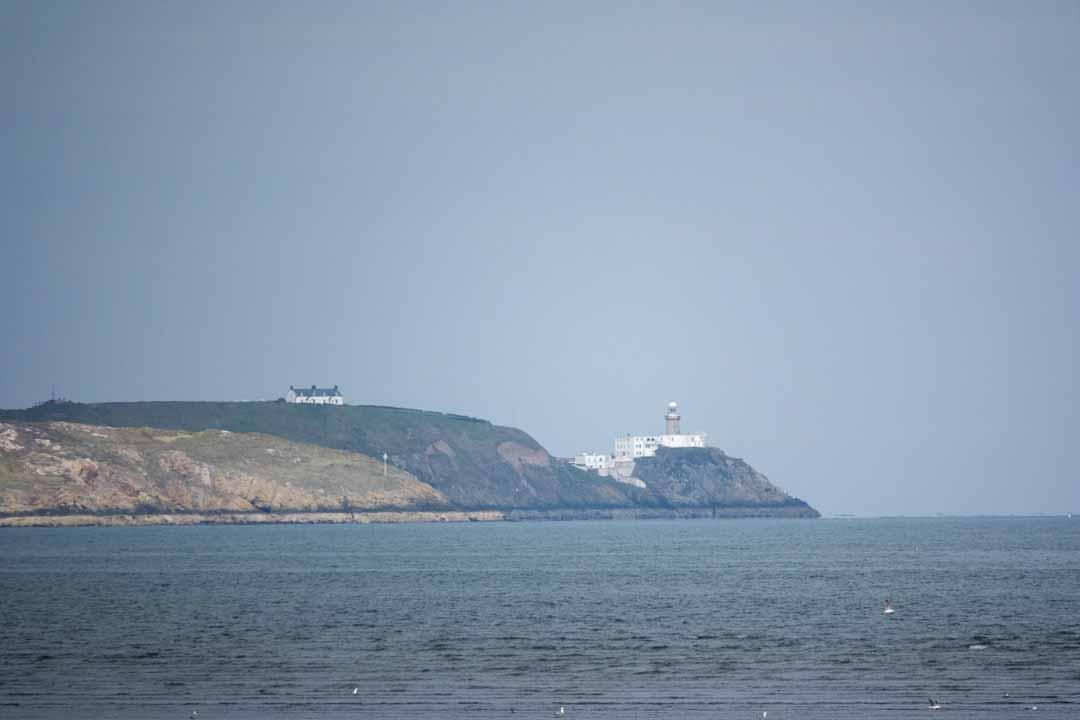
He proposed a wall on the north side of the channel parallel with the South Wall to speed the flow of water and to assist the natural scour. This proposal was accepted in principle. As a result of further investigation, it was decided to build the present Bull Wall at an angle to Clontarf foreshore, thereby enclosing a greater volume of water between the two walls and consequently increasing the scouring of the end tide.
He proposed a wall on the north side of the channel parallel with the South Wall to speed the flow of water and to assist the natural scour. This proposal was accepted in principle. As a result of further investigation, it was decided to build the present Bull Wall at an angle to Clontarf foreshore, thereby enclosing a greater volume of water between the two walls and consequently increasing the scouring of the end tide.
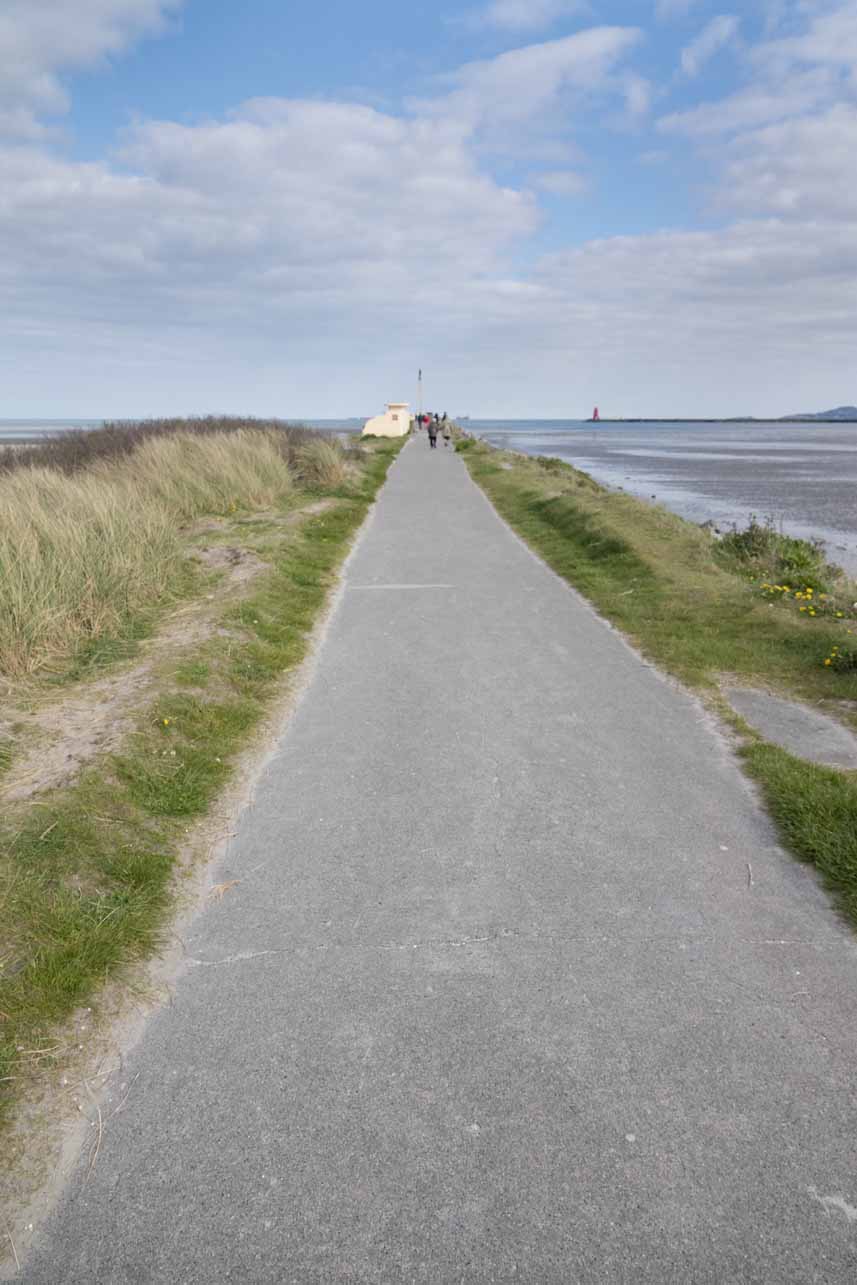
Captain William Bligh returned to his naval duties in early 1801. He fought under Nelson at the Battle of Copenhagen in that year. He was appointed Governor of New South Wales, Australia, in 1805 and took office in1806. An ‘army mutiny’ took place in the colony during which Bligh was deposed. He was held in custody until February 1809. He returned to England in 1810 and in 1811 he was promoted Rear-Admiral of the Blue. In 1814 he was named Vice Admiral. Bligh died in London in 1817.
Captain William Bligh returned to his naval duties in early 1801. He fought under Nelson at the Battle of Copenhagen in that year. He was appointed Governor of New South Wales, Australia, in 1805 and took office in1806. An ‘army mutiny’ took place in the colony during which Bligh was deposed. He was held in custody until February 1809. He returned to England in 1810 and in 1811 he was promoted Rear-Admiral of the Blue. In 1814 he was named Vice Admiral. Bligh died in London in 1817.

Howth Cliff Walk
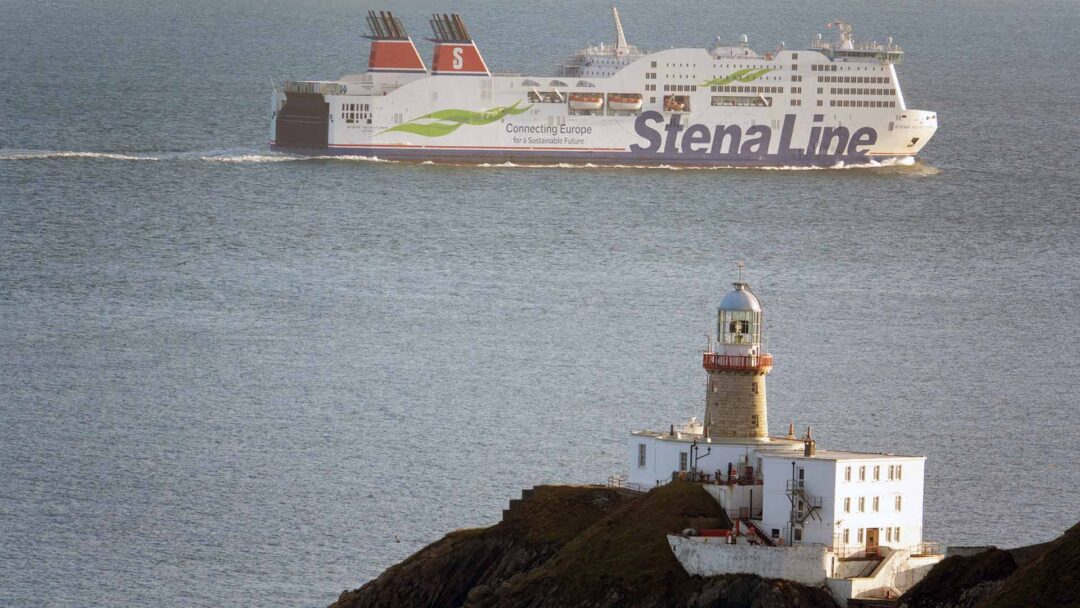

Bray to Greystones Cliff Walk
